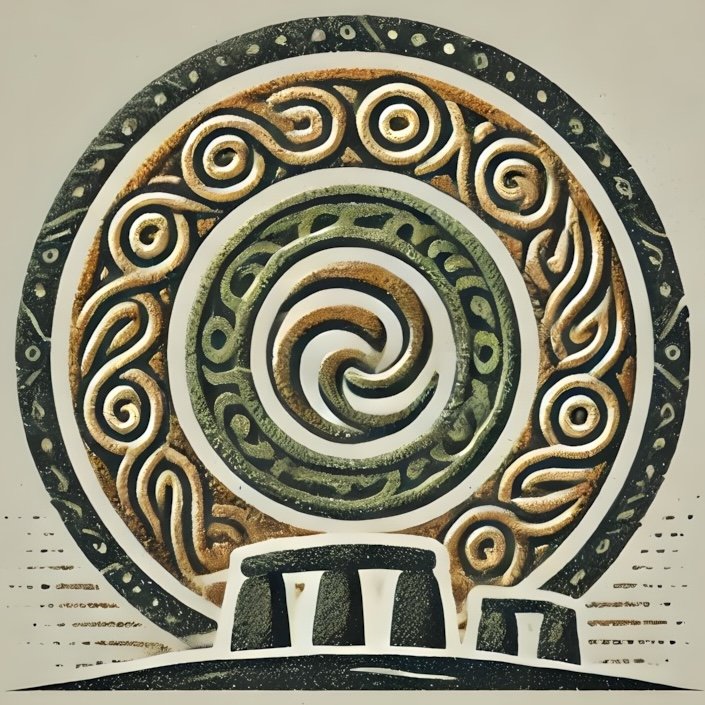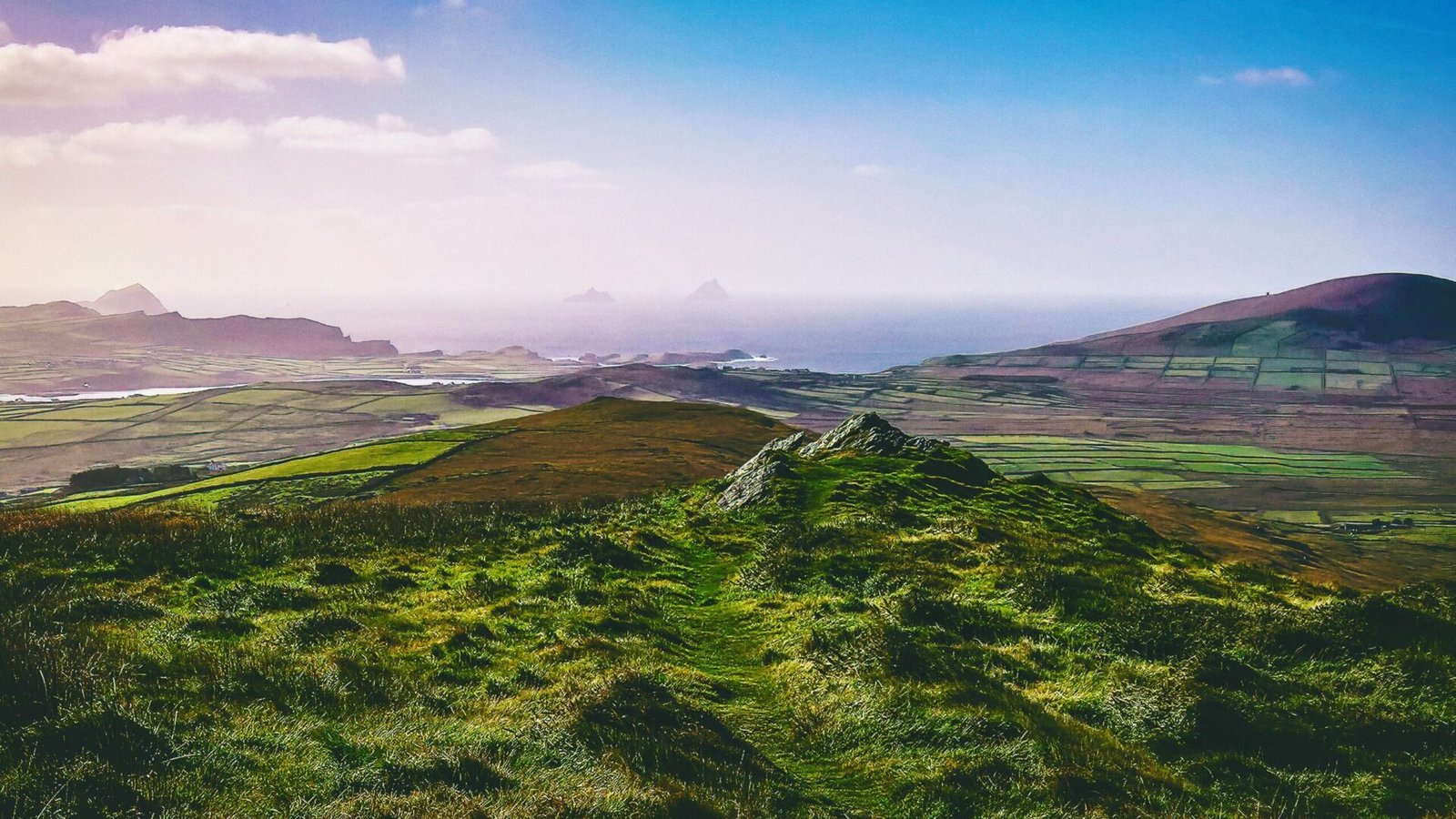The rugged landscapes of Ireland are dotted with remnants of ancient civilizations, where the echoes of warriors and chieftains still resonate. Among these remnants, hillforts stand as monumental testaments to the social, political, and military transformations that shaped early Irish society. This pillar page explores the emergence of hillforts, the warriors and chieftains who inhabited them, their connections to Irish mythology, and how these elements intertwined to create a complex tapestry of power and identity in prehistoric Ireland.
The Emergence of Hillforts
Hillforts, often positioned strategically on elevated ground, emerged in Ireland around 600 BCE during the Iron Age. These fortified structures served as both defensive strongholds and symbols of power. Their construction marks a significant shift in social organization, as communities began to coalesce around prominent leaders, forming the first hierarchies in Irish society.
The construction of hillforts required considerable resources and labor, indicating a level of social complexity and cooperation previously unseen. These sites often featured earthen banks, wooden palisades, and stone walls, providing protection against rival groups and invaders. The presence of these fortifications suggests that warfare was becoming a common aspect of life, as competing chieftains vied for control over land and resources.
Archaeological evidence reveals that hillforts were not merely military installations; they also served as centers of trade, ritual, and governance. The layout of these sites often included communal spaces for gatherings, feasting, and ceremonies, highlighting their multifaceted roles in early Irish society. As these hillforts flourished, they became symbols of authority and power, embodying the aspirations of the chieftains who ruled from their heights.
Warriors, Chieftains, and the First Hierarchies
As hillforts emerged, so too did the figures of the warriors and chieftains who inhabited them. These leaders were not just military commanders; they were also custodians of culture, tradition, and communal identity. The rise of chieftains marked the establishment of social hierarchies, where lineage, martial prowess, and charisma determined one’s standing within the community.
The warrior class played a crucial role in this evolving social structure. These skilled fighters were often bound by codes of loyalty and honor, forming bonds with their chieftains that were solidified through oaths and shared experiences in battle. The relationship between chieftains and warriors was symbiotic: the chieftains provided protection and resources, while the warriors offered their loyalty and martial skills in return.
This period also saw the emergence of the concept of kingship, where chieftains aspired to greater power and influence, often claiming divine or semi-divine lineage. The idea of a king as a protector and provider became central to the social order, with the hillforts serving as the physical manifestations of this authority. These leaders were not only warriors but also patrons of the arts, religion, and culture, fostering a sense of identity and belonging among their people.
Mythological Links: The Dagda’s Harp and the Heroic Cycles
The intertwining of history and mythology is a defining characteristic of Irish culture, and the era of hillforts is no exception. The tales of legendary figures, such as the Dagda, the father of the gods in Irish mythology, resonate with the themes of power, warfare, and community. The Dagda’s harp, a symbol of both music and magic, represents the dual nature of leadership—where strength must be tempered with wisdom and harmony.
In the mythological cycles, particularly the Ulster Cycle and the Mythological Cycle, we encounter heroic figures who embody the ideals of the warrior class. These stories often revolve around themes of honor, loyalty, and the consequences of conflict. The tales of Cú Chulainn, the great hero of Ulster, illustrate the valor and tragedy of the warrior’s life, mirroring the experiences of those who fought and died in the defense of their hillforts.
The heroic cycles also reflect the societal values of the time, emphasizing the importance of kinship, bravery, and the protection of one’s territory. The narratives surrounding these heroes served not only as entertainment but also as moral lessons and cultural touchstones, reinforcing the ideals that chieftains and warriors aspired to uphold.
Moreover, the hillforts themselves often became sites of mythological significance, where legends were born and stories were told. The landscape of Ireland is imbued with these narratives, with many hillforts believed to be the settings for legendary battles and heroic deeds. This connection between the physical and the mythical underscores the importance of place in Irish identity, linking the past to the present and weaving a rich tapestry of history and legend.
The Legacy of Hillforts and Warriors
The emergence of hillforts in prehistoric Ireland marks a pivotal moment in the evolution of social structures, warfare, and cultural identity. These fortified sites not only provided physical protection but also became symbols of power and authority for chieftains and their warriors. The interplay between historical realities and mythological narratives enriched the cultural landscape, creating a legacy that continues to resonate today.
As we explore the remnants of these ancient hillforts, we are reminded of the warriors who once roamed the hills, the chieftains who ruled with both strength and wisdom, and the myths that shaped their world. The stories of the past are etched into the very fabric of the Irish landscape, inviting us to delve deeper into the rich tapestry of Irish prehistory and to connect with the enduring legacy of its people. Whether you are a history enthusiast, a mythology lover, or simply a curious traveler, the hillforts of Ireland offer a gateway to understanding the dynamic interplay of warfare, power, and identity that has defined this remarkable land for millennia.

